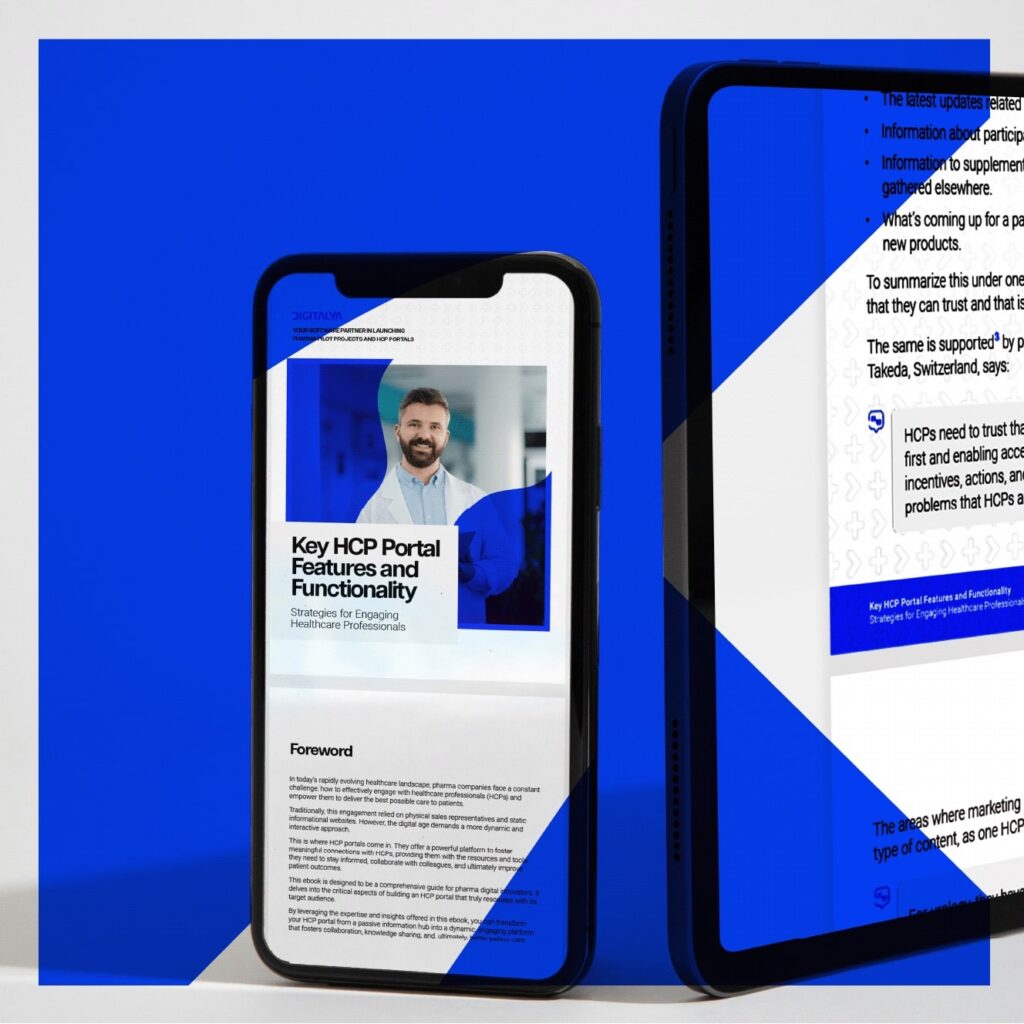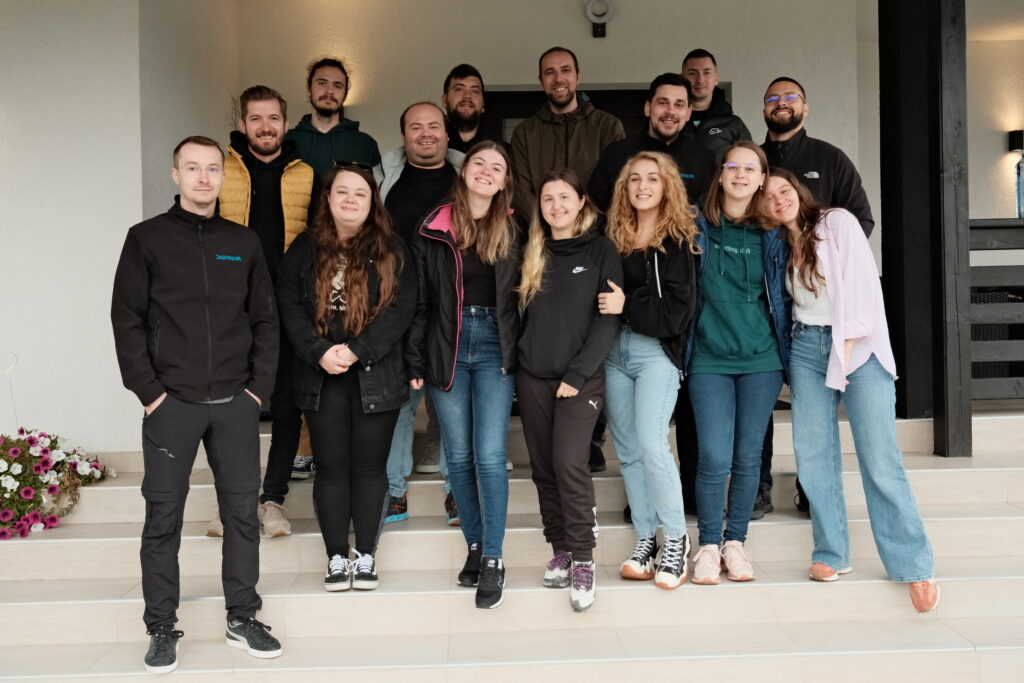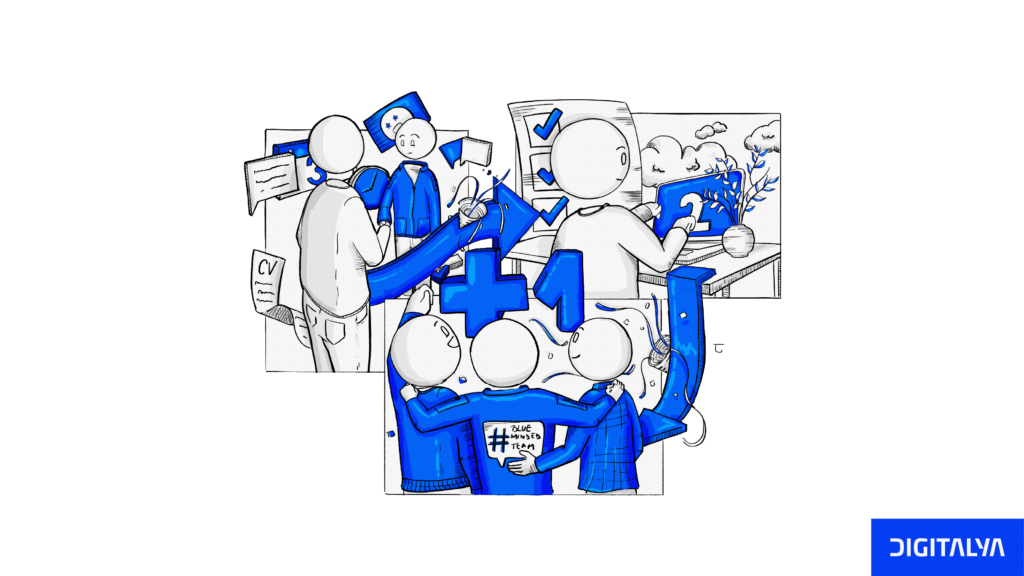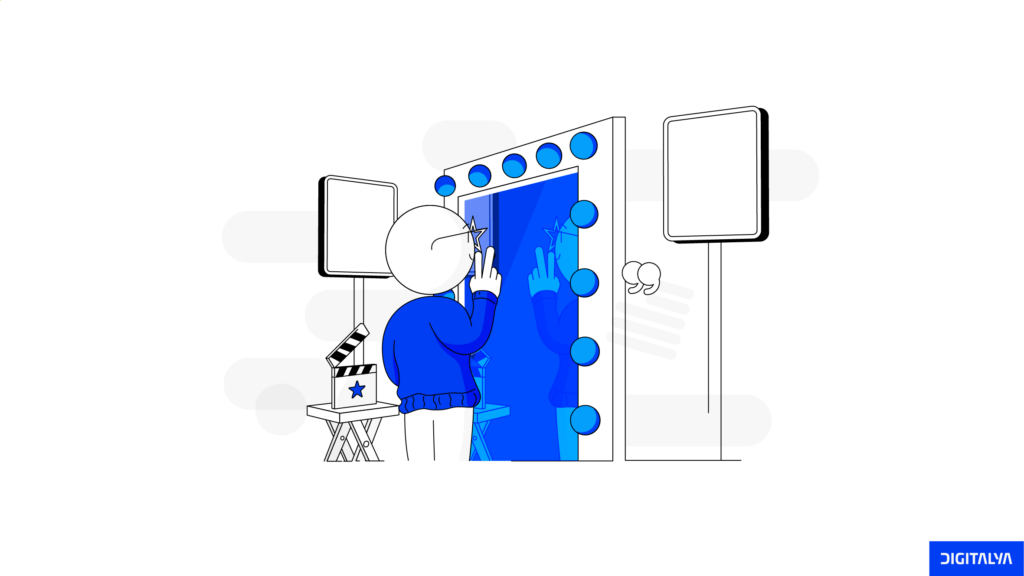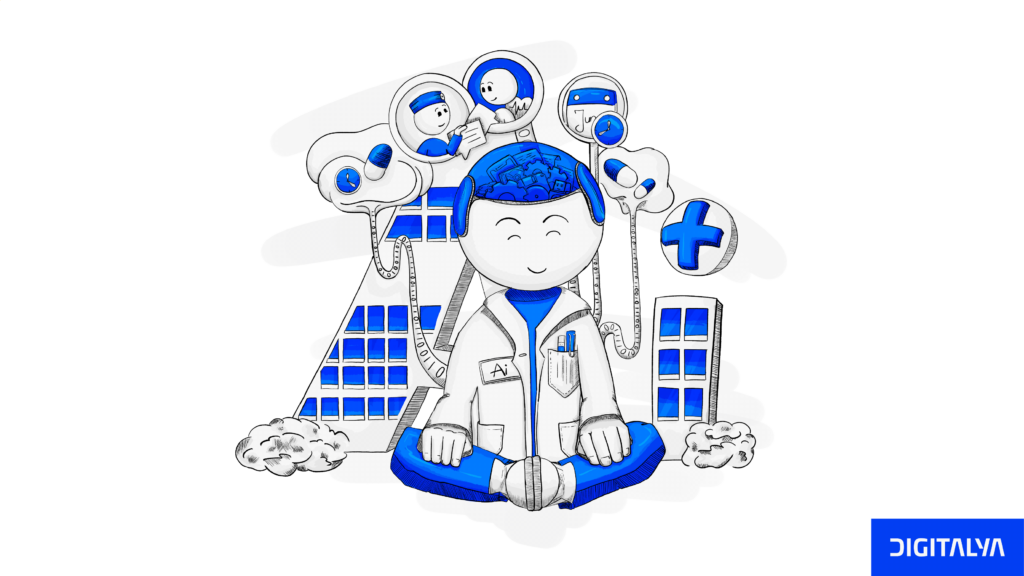Working in tech these days often means that you don’t have to do a lot of digging to find an open job. Most of the time, opening the good old LinkedIn provides plenty of opportunities.
Even though the competition for developers is high and companies are always seeking new talent, making that decision is a personal endeavor and one that should align with your current and future needs.
Yes, the temptation is high as benefits, salaries, and other perks seem to be flying around. But that does not mean that you should listen to the noise. Instead, what’s important is to be aware of where you are and where you want to be in the foreseeable future. Next, evaluate if the place you’re at meets those expectations.
The first step before any change is to conclude that you need to move on. The second step is to have a clear list of “features” the next company should have to be confident you should jump ship.
Easy to say, hard to do, I know.
Have no worries, though. I’m here to guide you through using my decade-long experience as an employee in various companies.
Let’s tackle them one by one.
1. When should you change your tech job?
Many personal and professional reasons can create an itch that screams “you might be better somewhere else.”
Since personal reasons are particular to your situation (e.g., you fell in love and plan to move to a new country), I will stay away from them. Those reasons are plenty and are often a clearer indicator that you need to make a move.
As for professional reasons, these tend to be a bit blurry since they are often mixed with feelings of friendship, belonging, comfort, and familiarity. And those needs are completely valid. We don’t work in a vacuum, and what makes a company great is the ability to meet those genuine needs.
On the other hand, there are needs such as validation, learning, or a feeling of contribution that can be equally important (if not more), which can make you get out of your comfort zone.
To make things easier for you, here are some signs that you might need to look elsewhere.
1.1 You don’t identify yourself with the company values
By company values, I’m referring to those you live with every day, not those written on walls or fancy website pages.
The work expectations, the internal communication, the transparency the company offers, the way they handle customer requests, etc., all make the company culture. The ones you are living with every day.
Now, think about how you would like to work and be treated, how the company should communicate and evaluate your work, and more.
Trust your gut feeling when you test these against what you see daily. It should be easy to spot the misalignments and the places that can drive up frustrations.
Companies might strive and promise to consider your needs, but actions speak louder than words. If time passes by with nothing changing, then it’s clear they won’t ever change, or the speed of change is too slow.
1.2. Your changing needs are not met
I firmly believe the employee is not the only one that should adjust their life to the company’s needs. Things should go the other way around as well.
Life can throw a lot at you, good and bad. For example, you might get married, buy a house, move further away from your office, or have a kid that needs to get picked up from school.
Your personal life can’t be on hold from 9 to 6, at least not always.
Sometimes you need to work more from home, or you might need to split your workday to take care of urgent errands. Although it can feel like it damages your focus and flow, I beg to differ. Having your mind elsewhere with a constant worry on your mind is a much bigger focus killer.
Let’s be honest; we get a little too serious about our jobs and impact on the world. You’re writing code, not doing brain surgery. Whatever your tasks are, you can do them anytime during the day and from anywhere.
Communicating these needs to your company is step one. Negotiating the best plan of action is the second. Getting a hard no should not be an option. Instead, this signifies that you must find a place that accommodates your lifestyle.
1.3 You’re on the bench for far too long
For someone outside of the tech world, being paid to “sit on the bench” is not even in their vocabulary. But it’s the reality some of you are regularly experiencing.
You get recruited with big promises of learning opportunities, big client names, great teams, and mentors but find yourself scrolling away for months until they can find a place for your skills. I’m not saying that’s a bad situation, but surely no one wants to be glued to their laptop for 8-9 hours waiting for tasks to land on their lap.
You’ll waste your skills and have nothing to show for in one or two years.
You are far more valuable and should be at the forefront of breakthroughs and advancements, not watching the game from the outside. If this is you, it’s time to find a place that needs you more.
1.4 The thought of work does not come with excitement
We all have our ups and downs when it comes to working. And that’s okay. Not everything on our plate should excite us at every moment of the day – some tasks just need to get done even though they are not our favorite cup of coffee.
But when that becomes a pattern, it means your day-to-day activities negatively impact your well-being and make you feel demotivated.
Maybe it’s the routine tasks that bring no further knowledge or surprises. Perhaps you started the job thinking you would do something and ended up in a completely different place.
Other times, the small things can add up and start to chip away from your daily motivation to work. When they pile up, they can feel like an enormous burden that’s hard to pinpoint but impossible to ignore.
If the efforts to ease those feelings do not generate the right outcome, then it is time for a change of scenery.
1.5. You feel like a ghost
At first, you might have felt your work matters and impacts the business and client satisfaction. Now, no one hears your voice, and you seem like a number on a spreadsheet.
If that’s you, then it means you are not someone who thrives when others assign and plan work. Instead, you prefer to be proactive and get 100% involved in the projects you are working on. You are there to give your best and expect others to appreciate your approach, ideas, and proposals.
In that case, you are wasting your skills and are on the path of minor to no progress year after year.
You might be better off in a company looking for the best minds who are willing to put their skills and knowledge to the test. So stop wasting your time and start finding it.
1.6 You’ve done it all
Depending on the company size and structure, you can feel like the areas you want to grow in are unavailable. The path forward may be going to upper management, but you wish to become a mentor for younger talent.
Or you might want that upper management role, but the company expects you to “stay in your lane.” Or maybe you want to do a horizontal shift by learning a new technology or tool, but the company is not flexible enough for those changes.
Sometimes you can raise those issues, and some solutions might come up. Often, though, the best you can do is move to a place with those opportunities up for grabs. A place where new tech is the desired playground or one where you can lead successful projects forward.
Whatever you need, you should make an effort and look elsewhere.
2. Ready for a new job? Focus on these things to find the right one
So, after reading all that, you realized that you should start looking elsewhere.
That’s good news because it means you are in tune with your needs.
Of course, this breakthrough does come with a lot of uncertainty for most.
“Where can I get a job that ticks all my boxes? Does such a company exist in my area? Change is scary; what if I choose poorly and end up even more frustrated and confused?”
Valid points.
I’ve personally asked myself those questions and many more each time I felt like a change is needed.
Fortunately, in the end, I managed to find the next best opportunity (meaning a company that meets today’s needs) by filtering the “candidates” using a few healthy checkpoints.
I will share them with you as they can provide a solid foundation for filtering out companies and a structure for when you’re in the interview process.
Without further adieu, let’s get through the main areas you should be aware of when looking for a place that can help you live and work the way you want to.
2.1 Analyze the company culture and values
I know these can be hard to pinpoint when you are an outsider, but there are a few touchpoints you can use to gather the necessary data.
The first and most obvious place to check the company’s values and culture is by browsing its social media channels.
I know those posts are curated, but since these are the company’s desired outcomes, you can be confident they are working towards those goals. In addition, they indicate a clear understanding of how they want to be known and perceived by the external public (potential candidates, customers, etc.).
I can’t tell you what to look for exactly, as each has its own needs.
For example, you might be 22 and looking for young, cool, party-ready colleagues. Or you might have a kid and want to know if the company is working towards supporting the employees that have families.
What’s certain is that you might see glimpses of what you need through the posts.
When I wanted to join Digitalya, I was looking to see if the team celebrates together, supports each other’s hobbies and interests, and is involved in the local community. For me, these proved the company cares about other things rather than money, is ready to share its success with others, and focuses on building a healthy team.
Browsing through their Instagram page, I found posts that gave hints of company culture and values similar to my own and what I’m looking for.
For example, they posted about helping high school students understand the market’s needs, how a recruitment process works, and how they can showcase their skills to land their first job.
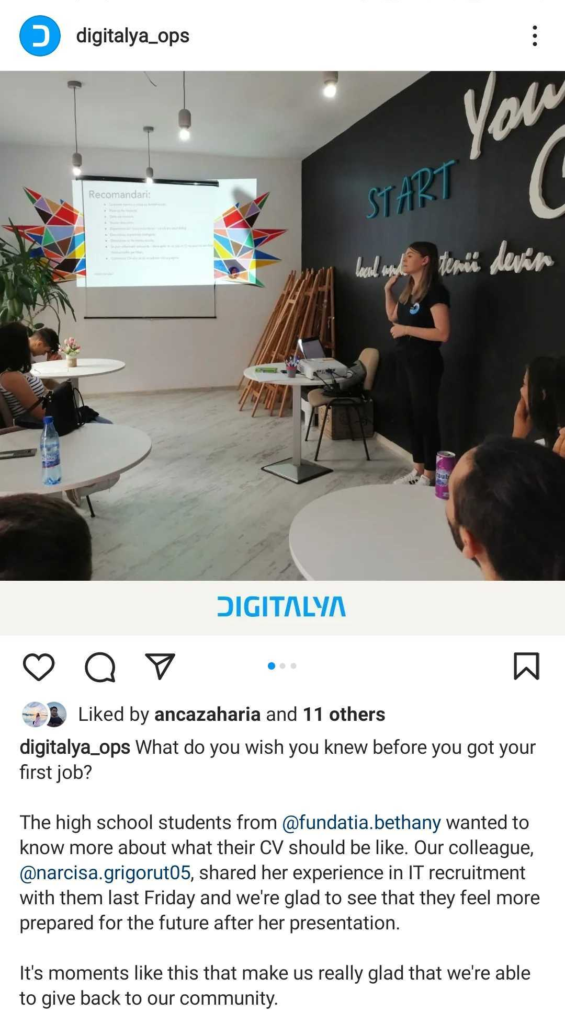
In another post, they shared how they ate lunch together watching cartoons. That was the type of culture I could see myself in.
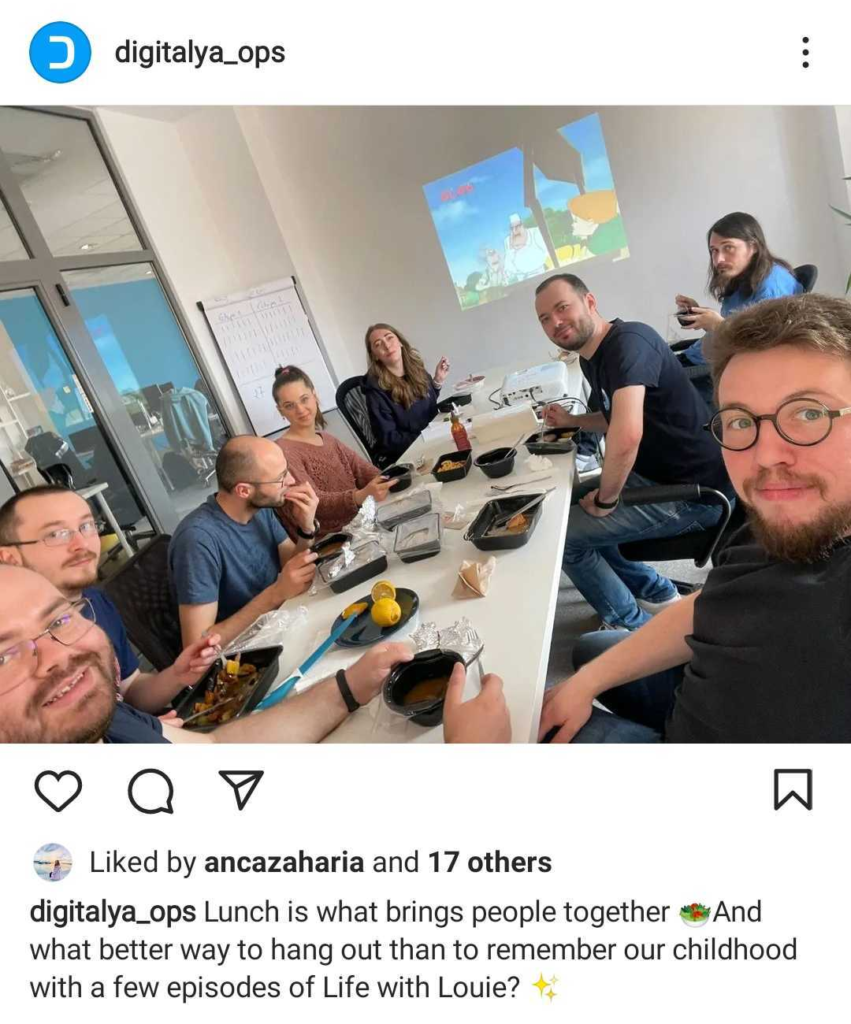
Do this exercise yourself, and you will be surprised by what you’ll find once you have a clear goal.
2.2 Get a glimpse of the team’s vibe
You can do it via social channels, but you can best gather this type of data when you start interviewing for that company.
While talking to the person on the other end, try to pick up signals that can point to how the team’s vibe is going to be. Of course, a single person can’t speak for everyone, but if that person is influential in the company, it can be a good indicator of what you’ll find.
For example, the head of HR will choose who moves to the tech interview, so they will analyze your vibe. Our HR gal, Narcisa, does it as this is important to us.
You can apply the same tactic. Every interaction can indicate how the team works daily, the type of communication encouraged, and how they expect you to fit in.
For example, my first contact was Digitalys’s CEO, Alex J., and I immediately felt I could work with him. He was well prepared for the meeting, serious but also relaxed, friendly, and honest about their expectations. My next contact was Anca, the head of HR at the time, whose vibe is contagious – you can’t stop smiling when you talk to her.
My last meeting was with Teo, who would become my teammate and the person I would be working with the most. She was clearly sharing the same great vibes, smarts, and good intentions, so the decision to move forward was easy.
2.3 Be aware of who you will be working for
As many local IT companies offer IT services to other companies, you will primarily work with people outside the organization.
That can significantly impact your daily flow, the type of pressure you’re on, and your experience at that company. That’s why it’s essential to use the interview process as an opportunity to learn things about:
- Who are the customers?
- Where will your skills fit best if you decide to get on board?
- How long are the customer collaborations (you might prefer a more stable environment or a dynamic one where you change projects fast)?
- How are they choosing the customers they work with?
The list can grow depending on your particular needs. My goal is to make you aware that you should be mindful of who will influence your work, schedule, tasks, and future growth. And in most cases, the client will have a significant impact.
For example, at Digitalya, we prefer to work with customers with long-term plans for the web apps they want to build. Therefore, our focus was never on turning a quick buck, as this strategy often comes with many headaches for everyone involved in the project.
The longer the collaboration, the bigger the impact we can have on the customer’s business. At the same time, the team can face the results of their work, making them better at their job. They become aware of the future impact their code can have. We prefer a proactive approach and like to think through a broader lens to see the bigger picture and choose the best possible path to do the job.
2.4 Get a feel of how you can structure your day
Some companies have a loose policy regarding how employees can work; others like to keep a tighter grip. Regardless, it’s important to know your current needs and evaluate whether the next company meets them.
You might prefer a hybrid work environment where you can come to the office anytime without strings attached.
Or, there might be times when you want to change your schedule to meet your personal needs or even have a flexible one to adjust each day as you see fit.
No matter the case, remember to write down your needs and put them on the table.
For me, hybrid work is what I need as I live a bit far from the city, and I prefer to lower my time spent in traffic. I also have a garden I like to keep tidy, and removing the 40min drive helps me get more things done.
At the same time, I do like to bond with colleagues, share lunch, play some table tennis, and catch up with everyone. So, a fully remote role would not fit my needs as I would not feel I could connect with teammates.
I got lucky, and Digitalya offered that true hybrid model in which I don’t have to check in when I’m staying home (as other companies often require). Instead, I adjust my schedule as I see fit. Of course, there might be times when I need to be at the office (e.g., to participate in internal training), but these are well-planned and communicated.
2.5 Don’t forget to ask questions
Few people understand that you should also interview the company across the table – this is a two-way conversation. Take advantage of the interview process to ask questions and clarify whether you will fit in the new role.
Here are some great questions to ask:
- What are the team growth plans for the near future?
- How are the teams structured?
- How are they enabling individual growth?
- How and when will your work, compensation, and career opportunities be re-evaluated?
- How are they reacting when a mistake happens inside the team?
- Have they ever given up on a client? Why was that?
- Have customers ever given up on them unannounced? What did they learn from that?
Of course, you should ask the right person who can provide that kind of information.
3. Takeaway
The main takeaway sounds like this: be aware of your current and potential future needs, and evaluate if you can meet those needs where you are right now.
If they’re not, ensure the next company your boxes by asking the right questions, being aware of each interaction during interviews, being yourself, and stating your wants.
I know this process can sometimes be challenging, and I will never be perfect from start to finish, but it’s paramount to try.
And if you are looking for a new opportunity right now, you can check our open tech jobs.

